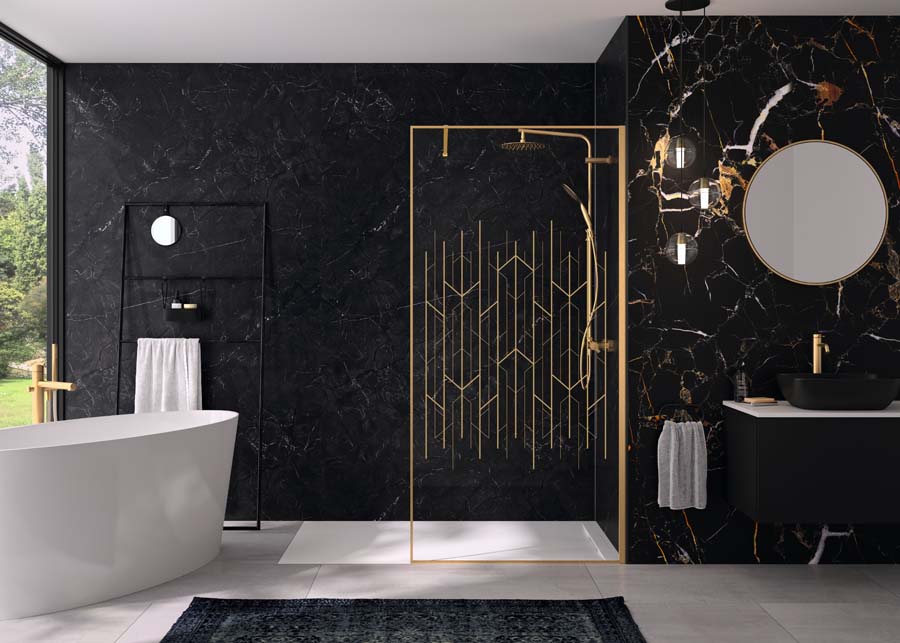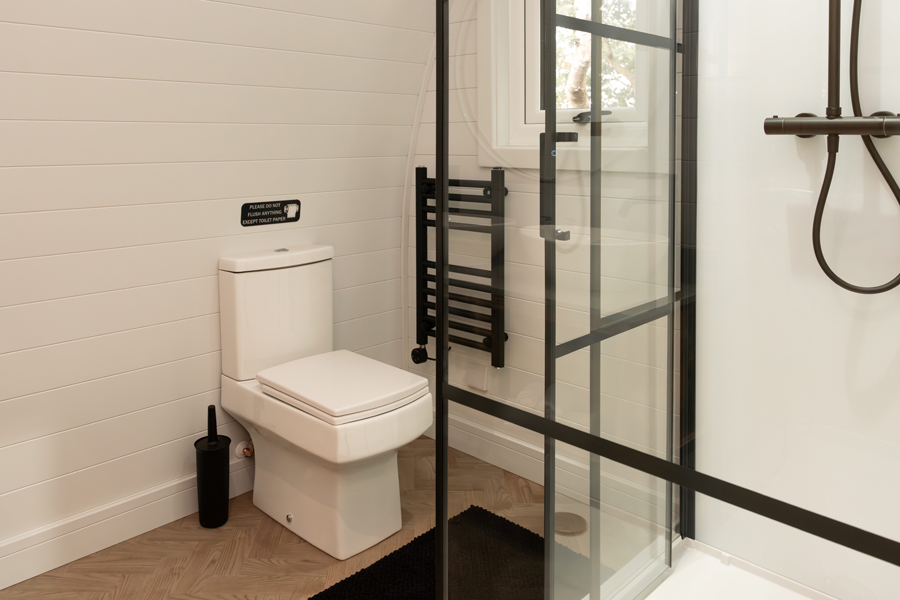
Aluminium can be recycled over and over without any loss of quality. This is also true for aluminium closures used for wine, spirits, water and olive oil bottles. Throughout Europe on average 40 per cent of aluminium closures are currently recycled.
The advantage of aluminium closures is that they can be collected either together with mixed packaging or from within the glass collection stream. The aluminium can be easily extracted from both material streams so that it can be recycled back into aluminium.
The national packaging collection and recycling systems in Europe vary considerably as they are dependent on the respective national packaging waste legislation. Depending on the collection and sorting infrastructure in place, recycling rates for closures vary and can range from over 80% in Germany to about 40-50% in countries like the UK and Italy. Countries with relatively small market shares might already recycle 20-30% of all aluminium closures.
“Once again we can demonstrate that aluminium is a material with a high functionality in product preservation and with impressive recycling and sustainability credentials. It can be recycled endlessly and the recycling saves up to 95% energy use compared to its primary production, with the corresponding savings in greenhouse gas emissions,” explains EAFA‘s Executive Director Stefan Glimm.
“Every additional increase in the recycling rate makes aluminium closures more and more attractive for winemakers and marketers – from the environmental viewpoint as well“, says Stefan Glimm, referring to the increasingly robust position of aluminium closures in the sustainability debate.
Despite their small size, aluminium closures collected together with mixed packaging are readily separated with eddy-current systems. Similar systems are also used to completely separate the closures in glass packaging from the glass element. This is due to the production requirements in glass recycling. The value of the recycled aluminium supports the economics of the recycling process of both material routes. Once separated, the aluminium closures go into the aluminium recycling stream for re-melting to be used again for other valuable aluminium products.
The recycling rates are calculated on the basis of publicly available national aluminium recycling rates and market data from EAFA member companies. This data also shows the considerable extent to which consumption volumes and recycling rates vary from one country to another.
The Europe-wide “Aluminium Closures – Turn 360Ëš“ information campaign began at the end of 2012 and provides detailed information on the many advantages of this state-of-the-art closure made of aluminium. The campaign is designed to appeal, in particular, to decision-makers in the wine sector, providing “food for thought” regarding resource-efficiency, sustainability and the recycling of aluminium closures.




















